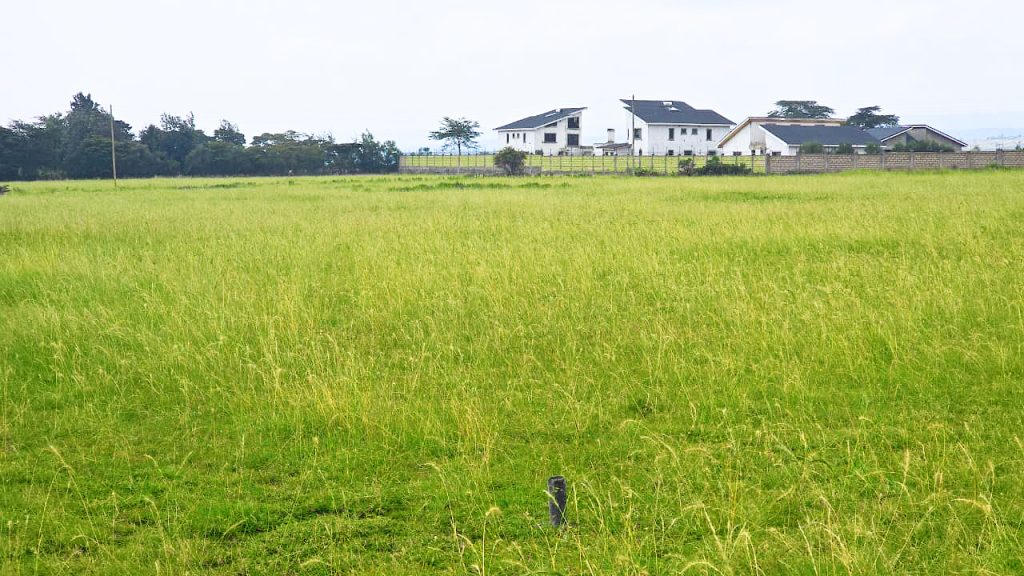available on the
Google Play
What Does Succession of Land Entail
Land succession, a critical aspect of property ownership and transfer, encompasses the process by which land ownership is legally passed from one individual to another, typically following the demise of the landowner. The procedure and regulations governing land succession can vary significantly based on factors such as the type of land tenure, local customs, and applicable laws.
This process involves determining rightful beneficiaries, obtaining legal documentation like letters of administration or probate, and ensuring the proper transfer of land rights to those entitled to inherit the property. Succession of a property is done at the court law of Kenya.

It is the legal process by which a deceased person’s assets and property are distributed according to their valid and legally recognized will. This means that the deceased had prepared a will during their lifetime, specifying how they wanted their assets to be distributed after their death. For testate succession to occur, the deceased must have left a legally valid will outlining the distribution of their property, assets, and any specific instructions they may have had.
The person who made the will may appoint an executor in their will. The executor is responsible for ensuring that the deceased wishes, as outlined in the will, are carried out. The court may also appoint an executor if one is not named in the will. The petition is accompanied by an affidavit that contains a schedule of assets and liabilities of the deceased persons. The petitioner also needs to provide the original will plus 2 photocopies of the will and the original death certificate.
The process of testate succession involves filing the will with the High Court of Kenya, which will oversee the execution of the will. The court will grant probate, a legal document that confirms the validity of the will and authorizes the executor to distribute the assets according to the will.
Upon filing and payment of the requisite fees, the petition is advertised in the Kenya Gazette. Any person with an objection to the grant has an opportunity at this point to raise the same. Thirty days after the Gazettement, an application will be made to the High Court for the extraction of the signed and sealed Grant of probate which will indicate the executors as the lawfully appointed executors.
Once the probate is granted, the executor is responsible for distributing the assets to the beneficiaries as specified in the will. It is important to comply with legal requirements and procedures outlined in Kenyan law for testate succession to ensure a smooth and lawful distribution of deceased assets.
This is a legal process of distributing the property and assets of a deceased person who did not leave a valid will. In the absence of a will, the succession is guided by the laws of intestacy, which dictate how the deceased assets should be distributed to the beneficiaries. The law of intestacy typically prioritizes spouses, children, and other close relatives as the rightful heirs. The first 3 months you get letters of administration where you have appointed administrators, listed the property of the deceased, and listed the beneficiaries.
Upon presenting the Chief’s letter, searches, and death certificate to the court, the applicant is allowed to file an official petition or a formal request to the court to be appointed as an administrator of the deceased’s estate. The applicant does this by filling out form P& A 80 called petition for letters of administration intestate. This is either attested by a lawyer or a magistrate.
Once the beneficiaries have the administrator in place, they will have the next six months to agree on the distribution mode. A surveyor will be on-site to survey the property and then prepare a proposed mutation showing what each beneficiary gets. This process should be crisp, as any later modification will require another court process.
After six months, the beneficiaries and administrator will appear in court to show they consent to the letter of mutation. The administrator is issued with the Confirmation of the Grant of Letters of Administration. The deceased’s estate can now be transferred.
The intricacies of land succession in Kenya reflect a complex interplay of cultural, legal, and social factors. The coexistence of customary practices and formal legal frameworks adds layers of nuance to the process, often leading to challenges and disputes. While efforts have been made to bridge the gap between tradition and modernity through legal reforms, the implementation and awareness of these changes remain critical.
Striking a balance that respects cultural heritage while ensuring equitable distribution and protection of individual rights is paramount for fostering a sustainable and just land succession system in Kenya. The journey towards a more harmonized and inclusive approach requires ongoing collaboration between communities, policymakers, and legal institutions to address the multifaceted dimensions of land succession in the country.
For more information, call/chat with us today!